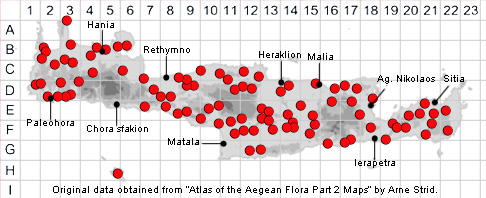SPECIES DESCRIPTION
BARTSIA TRIXAGO
Family and Genus:- See- OROBANCHACEAE
Common Name:- Bellardia
Homotypic Synonyms:- Alectorolophus trixago, Bellardia trixago, Euphrasia
trixago, Rhinanthus trixago.
Meaning:- Bartsia (L) For Johann Bartsch (1709-38) Prussian botanist.
Trixago (Gr) Triple (three angle fruits, trixis).
General description:- A short to medium, glandular-hairy, semi-parasitic annual.
Stems:-
1) 15-35 cm tall, simple or occasionally branched from the base.
Leaves:-
1) Cauline, opposite, in several pairs, 15-90 x 1-15 mm, long, narrowly oblong-
lanceolate, coarsely and obtusely serrate, sessile.
Flowers:-
1) Spike, dense terminal, 3-7 cm at anthesis, elongating in fruit.
2) Bracts;
a) lower, decreasing in size upwards.
b) uppermost, ovate, cordate, entire.
3) Calyx, with 2 unequally lobed lips, 8-10 mm; teeth triangular, less than ¼ as
long as the tube.
4) Corolla, large and showy (20-25 mm).
a) upper lip, narrow, hooded, rose-pink.
b) lower lip, broad, 3-lobed. white, with 2 bulges on the middle lobe.
5) Style, long, slender, persistent.
Fruit:-
1) Capsule, c. 10 mm, ovoid, pilose.subglobose.
2) Seeds, c. 0·7 mm, oblong to reniform.
Key features:-
1) Calyx teeth, broadly triangular, subobtuse, not more than 1/4 as long as the
tube.
2) Capsule, broadly ovoid, not much longer than broad.
Habitat:- Meadows, fallow fields, road embankments, open scrub and woodland
margins. 0-700(-1100) m.
Distribution:- Throughout Greece, but rare in the interior N. - Widespread in the
Mediterranean region and SW Asia. Widespread and common on Crete.
.
Flowering time:- Mar-June.
Photos by:- Steve Lenton
